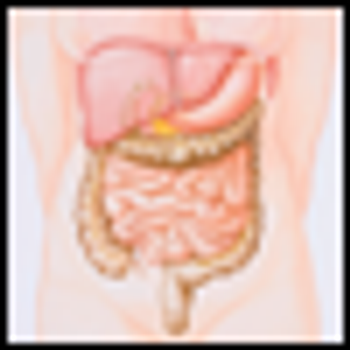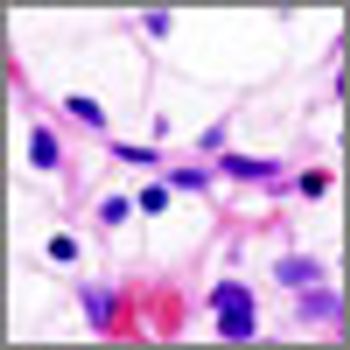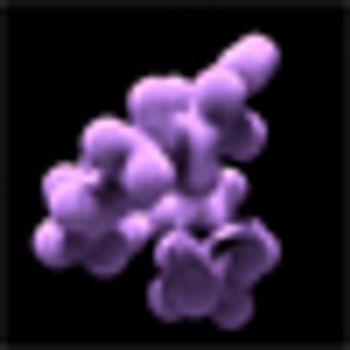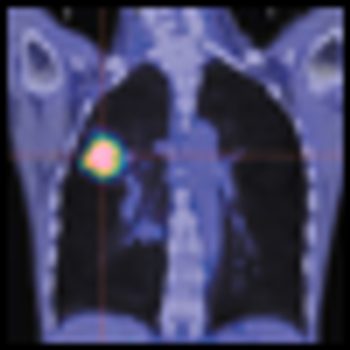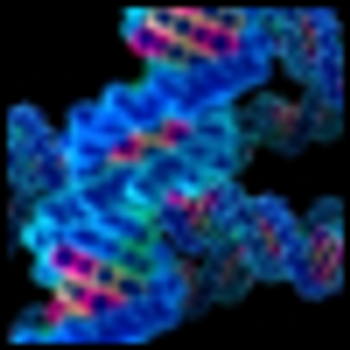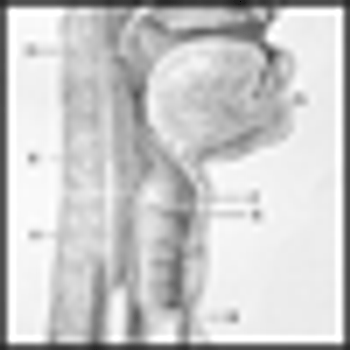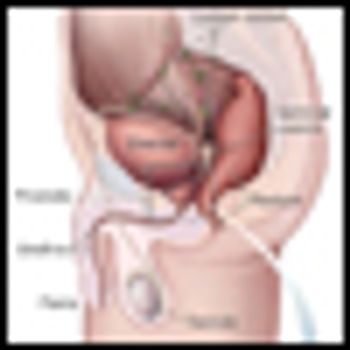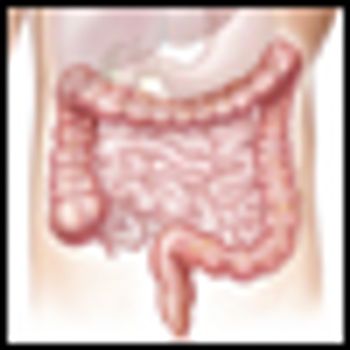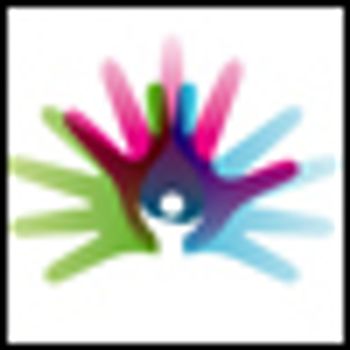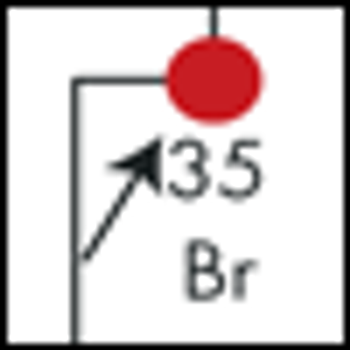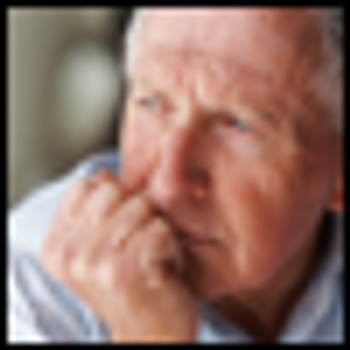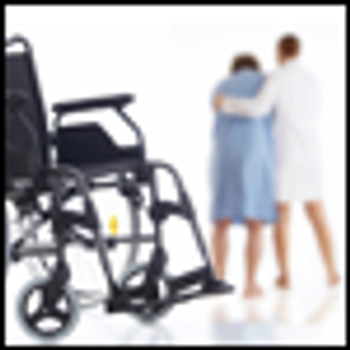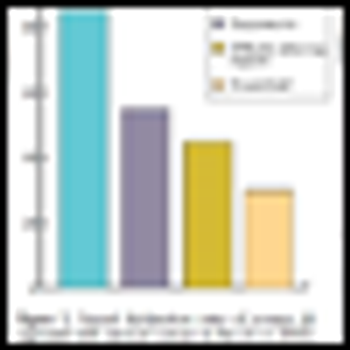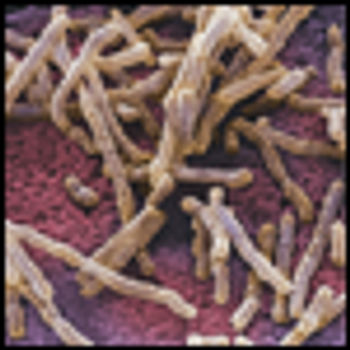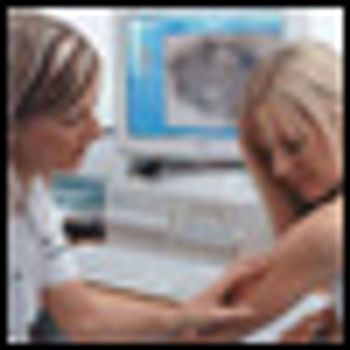Bellury LM, Ellington L, Beck SL, et al: Elderly cancer survivorship: An integrative review and conceptual framework. Eur J Oncol Nurs 15(3):233–242, 2011.Derby S: Assessment and management of delirium in the older adult with cancer. Clin J Oncol Nurs 15(3):247–250, 2011.Holtslander LF, Bally JM, Steeves ML: Walking a fine line: An exploration of the experience of finding balance for older persons bereaved after caregiving for a spouse with advanced cancer. Eur J Oncol Nurs 15(3):254–259, 2011. Kahana B, Kahana E, Deimling G, et al: Determinants of altered life perspectives among older-adult long term cancer survivors. Cancer Nurs 34(3):209–218, 2011. Pieters HC, Heilemann MV, Grant M, et al: Older women's reflections on accessing care across their breast cancer trajectory: Navigating beyond the triple barriers. Oncol Nurs Forum 38(2):175–184, 2011. Swinney JE, Dobal MT: Older African American women's beliefs, attitudes, and behaviors about breast cancer. Res Gerontol Nurs 4(1): 9–18, 2011. Van Cleave JH, Egleston BL, McCorkle R: Factors affecting recovery of functional status in older adults after cancer surgery. J Am Geriatr Soc 59(1):34–43, 2011.




